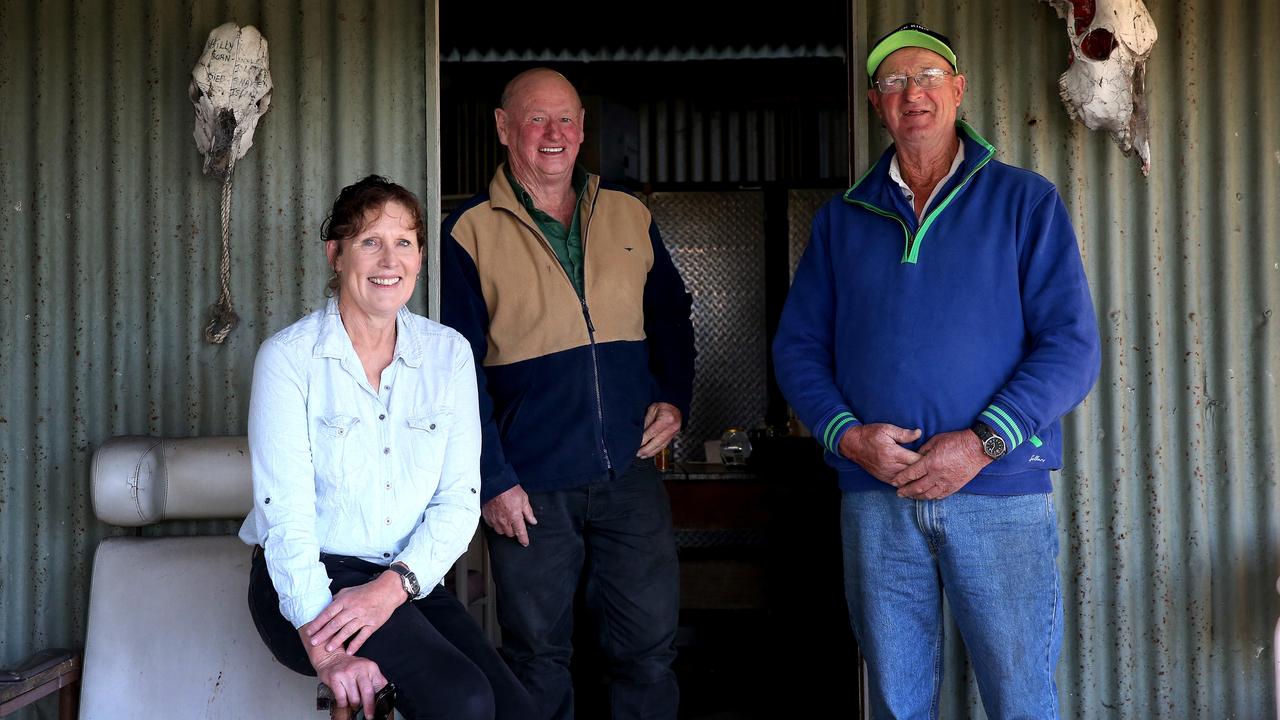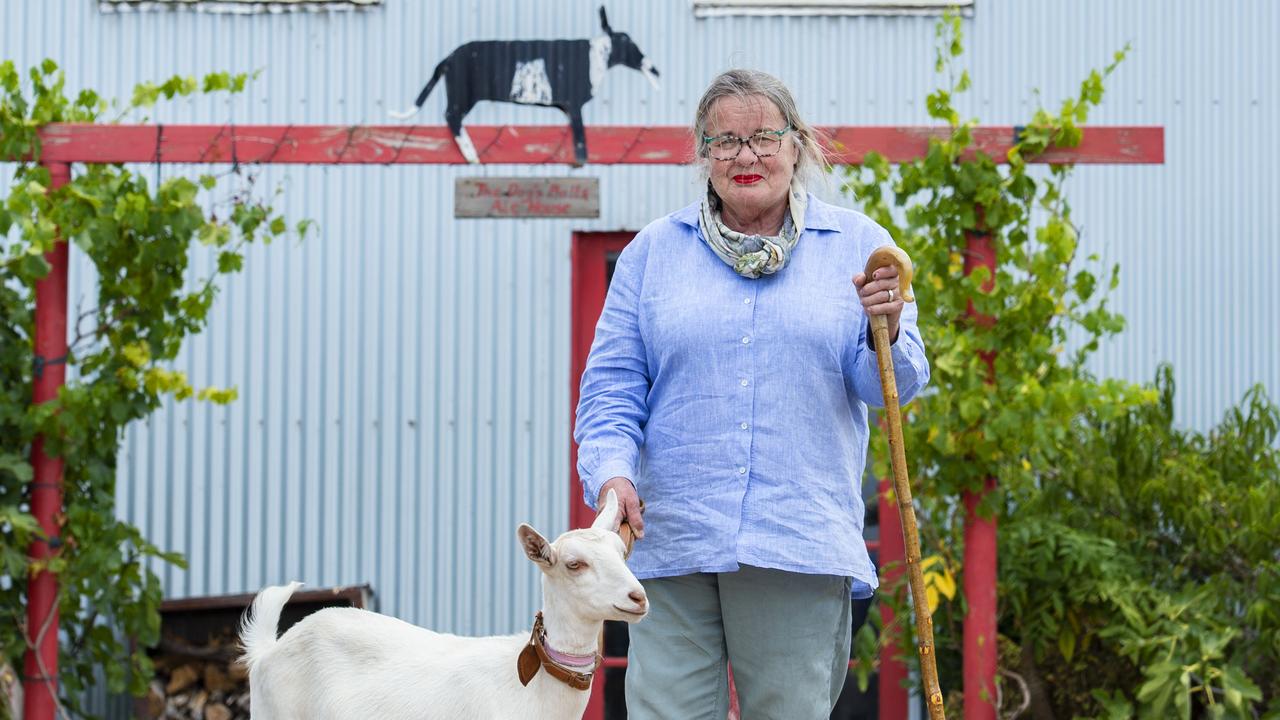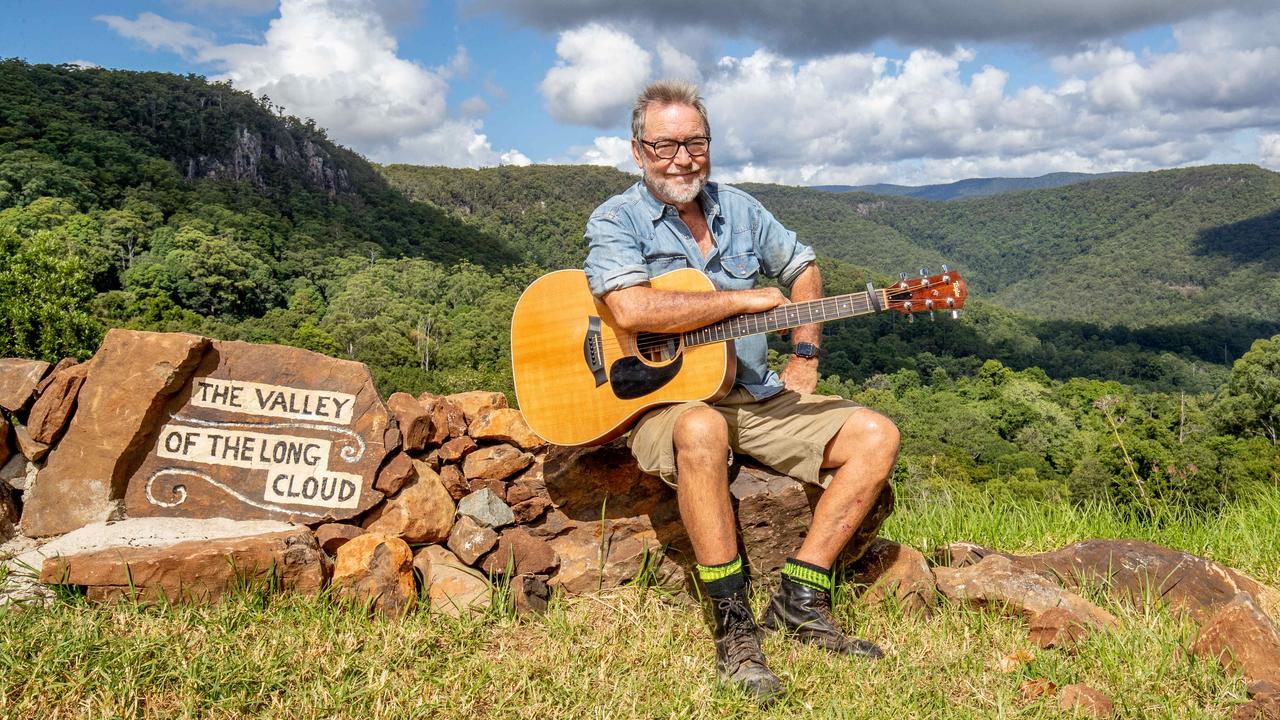Legendary Snake Island cattle muster is facing challenging times
AT ITS peak, more than 1000 cattle were driven across the sand and water to Snake Island. Now a dedicated group is fighting to prevent the tradition fading away, writes SARAH HUDSON.

THE Snake Island annual cattle muster is legendary among Gippsland farmers.
Since the region was first settled by Europeans in the 1840s, cattle have been driven from the mainland at Port Welshpool 4km across the sand at low tide, navigating treacherous bogs and sinking sand, to the greener, more promising pastures of the 3450ha remote Snake Island.
In peak years, such as 1910, about 1100 cattle were agisted on the island, belonging to almost 60 farmers, who had driven them from the steep slopes and forested land of the Strzelecki Ranges.
But it is a grazing tradition increasingly under threat.
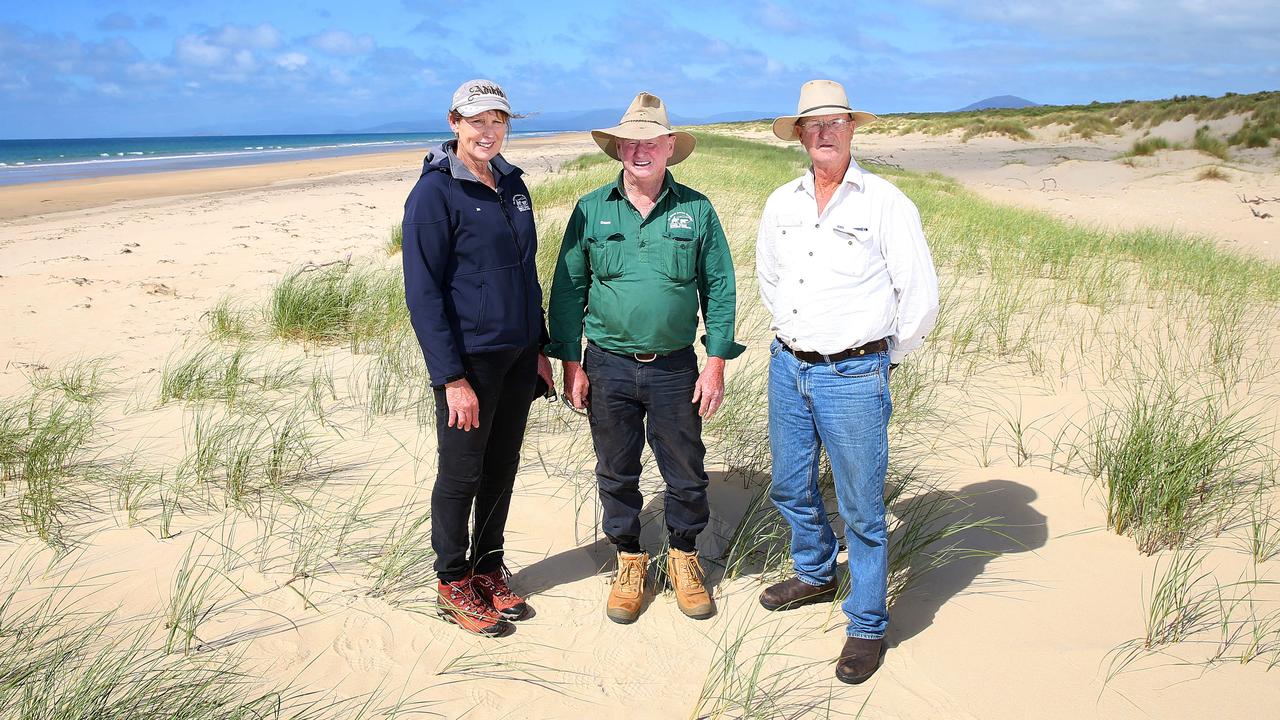
With the island managed by Parks Victoria, summer grazing is permitted from December to April, followed by winter grazing through to September, explains Snake Island Cattlemen’s Association secretary Jen Bland.
“Now we’d be lucky to have 100 cattle grazed over that period,” says Jen, who runs a 240ha dairy farm in Alberton, and who for three years in the 2000s agisted beef cattle on the island.
“This year there are four farmers who will be agisting — one comes as far as Denison (near Heyfield), and another from Kilcunda (near Phillip Island).
“They mostly do it because they’re on small acreage.
“Transport costs have become a big killer, there are also the risks involved of getting cattle on and off, but the rates have also gone up. It used to be 10 cents per head, per week, but about a decade ago they went up [it’s now $3 plus GST].”
“Many farmers can get better comparative commercial leasing rates on the mainland.
“We know it’s a dying tradition, but we’re doing our best to stop that.”
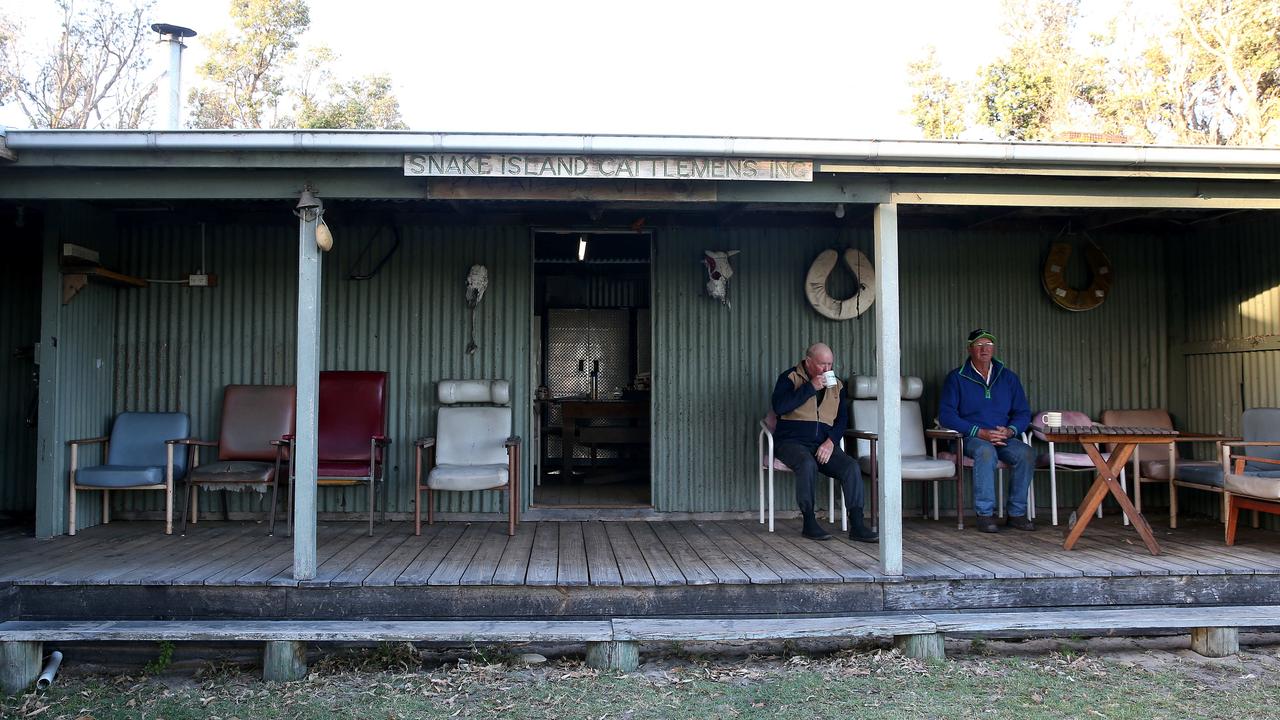
Jen is part of a dedicated, voluntary group who are working hard to maintain the traditions of their pioneering farming ancestors.
Given that only four farmers agist, it speaks volumes that the membership of Snake Island Cattlemen’s Association is about 90.
Visit the island, fringed by 94km of white sands and the distant peaks of Wilsons Promontory to the west, and you see the fruits of the association’s labour.
As remote and uninhabited as Snake Island is to civilisation, the members — alongside Parks Victoria — maintain tracks for cattle and horses, as well as their solo vehicle.
About 8km inland from a jetty is their headquarters: a jumble of corrugated iron huts that includes a communal kitchen (complete with five fridges and a large commercial stove) powered by diesel generator, a bunk house (accommodation in total sleeps 40), camp showers run by solar power, and even flushing toilets.
A phone on the wall fools numerous island novices, although there is mobile reception.
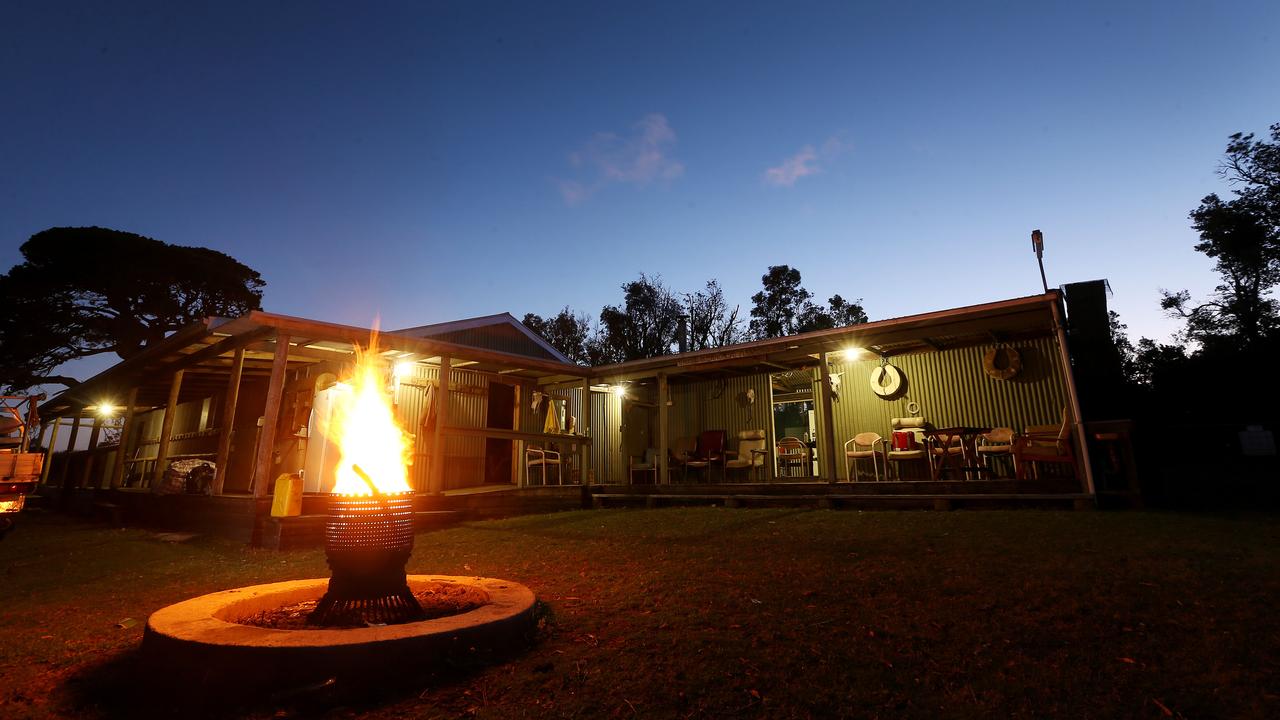
And, of course, there are pens for horses, cattle yards and around the island fenced holding paddocks and five watering holes are maintained.
Bruce Chapman — or “Chappy” as he’s better known — is a beef farmer from Toora who acts as the designated handyman, driver and courier, using his fishing boat to bring supplies to the island. He recalls times of being stranded.
“Crossings are always weather dependent and not all tides are the same,” Chappy says.
“We’ve had to call the Air Ambulance a few times when someone is injured. One time we told them Snake Island and they couldn’t find us.”
Wild weather forced one planned crossing to the mainland to be delayed six days. Surviving on supplies left some smokers “very cranky”.
As impressive as their headquarters are, one of the association’s biggest activities — and their great hope for the future — are the summer and winter riding tours, which have a two-year waiting list.

Conducted through a tourist license with Parks Victoria, the tours run up to seven times a year, with a maximum of 20 guests per group.
Riders must provide their own horses and be competent in the saddle.
“They need to be able to adapt to changing conditions — wind, water and waves,” Jen says.
“Once you are in the water you are committed.
“The tides vary considerably on a seven-year cycle here.
“Because we’re dependent on weather conditions and low tide heights there are times you can walk across and the horse barely gets his fetlocks wet.
“At other times the cattle and horses have to swim in small sections of the channel crossing.”

The tours run for two nights and three days and don’t always include mustering, with the association also required to regularly check cattle on the island through the agistment season.
Participants bring all their food and personal items, with money raised going back into maintaining Snake Island, and also donated to causes, most recently the Barmah Brumby Group.
Past president John Giliam is one of 13 life members of the association and for about 40 years agisted cattle (“steers or dry cows, the stronger ones”) on Snake Island, until age slowed him down three years ago.
John says he maintains his involvement to show the public the agricultural and historical gem that is Snake Island.
“The reason I continue to be involved is to show people what we have here and to keep it going,” says John, who runs a 240ha cattle and sheep property at Dumbalk.
“Where else in the world can you take part in mustering cattle across the water on horseback?
“When I agisted cattle they did very well in the bush — they leave in as good condition or better than when they came, eating the tussocks and herbs, and the bush is a shelter belt, maintaining a temperate climate.”
He also continues to help muster cattle annually, and can tell many a yarn of how — over the years — they have tracked down recalcitrant cattle that hide among thick bush.
(Experienced guides — or pilots — lead the muster to ensure safety. But the most hazardous crossing recorded was in 1933 when a hailstorm blew up, which caused part of the herd to break away, plunging into a nearby bog, killing 76 cows.)
Over the past three decades, John has also been instrumental in working with the State Government to stop hunting of hog deer on the island, a battle the Snake Island Cattlemen’s Association lost two years ago when the Andrews Government announced a two-year trial of hunting. At the end of 2018, the association was further disappointed when the government announced a five-year extension of the trial.
“The association is not the only group who uses Snake Island. There are kayakers, bird watchers, walking clubs and educational groups who all come here. Since the hunting trial many of them no longer come,” John says.
“We want to protect the island for all users.”
Despite concerns such as these, Jen says they are determined to continue the annual mustering and agistment, a tradition that has been captured in print and on screen.
“The next generation of 30 to 40 year olds has jumped on board and is getting involved,” she says.
“Some like the social element, others like the tradition and take on responsibilities and are
getting involved, so I think it will continue. We’re hopeful for the future.”

